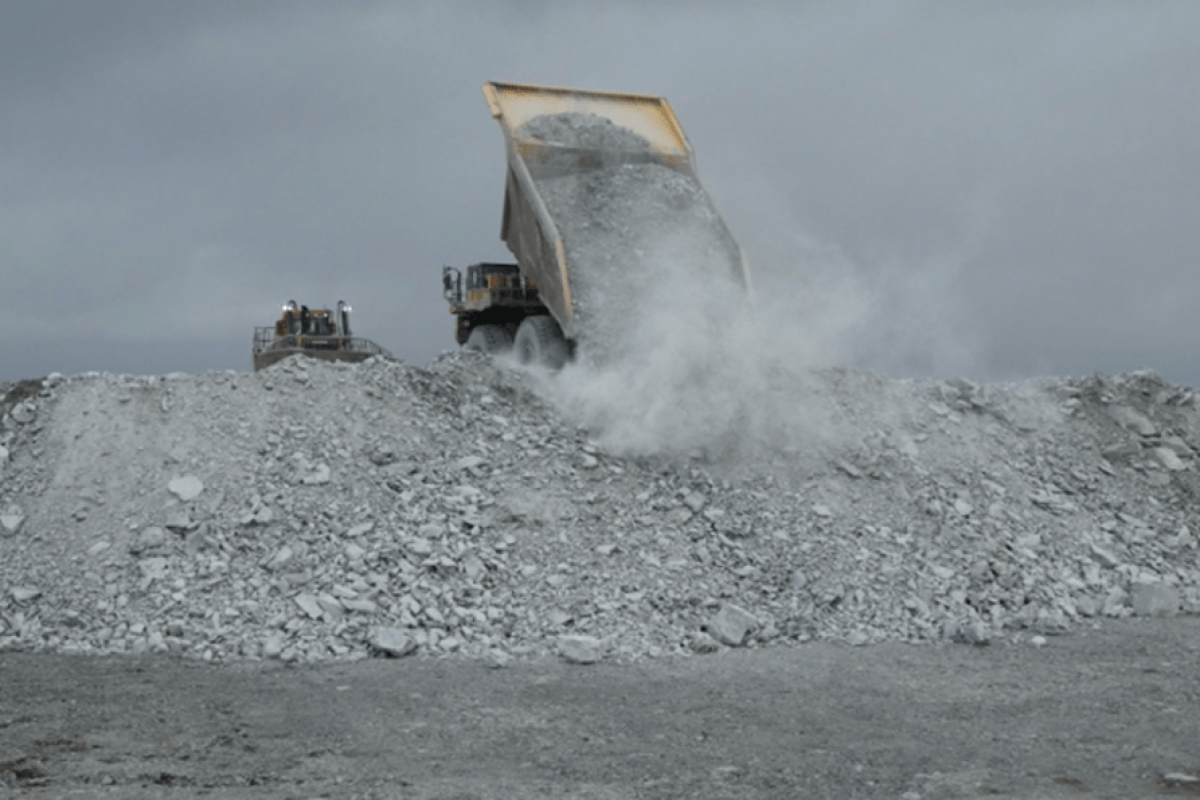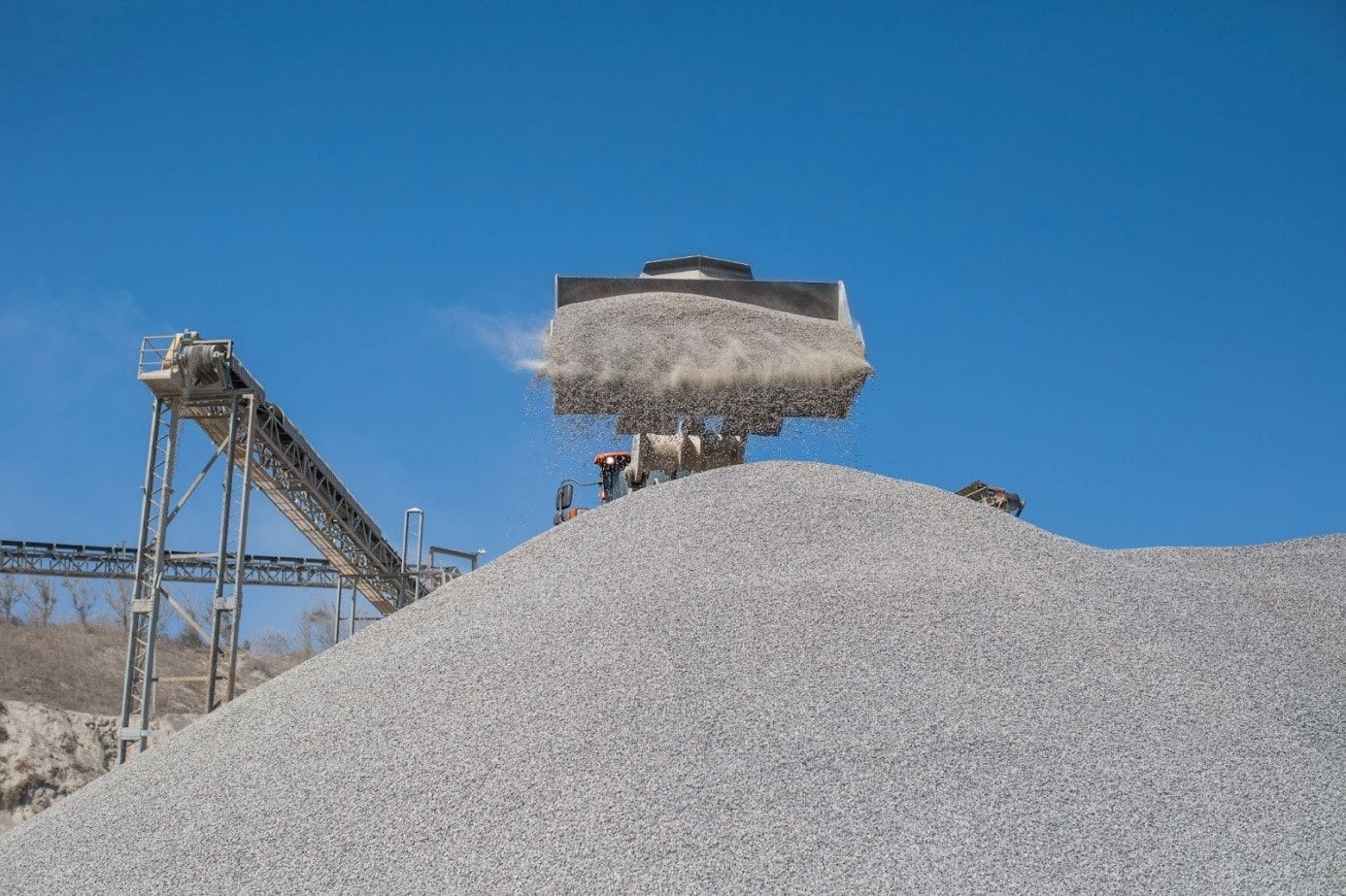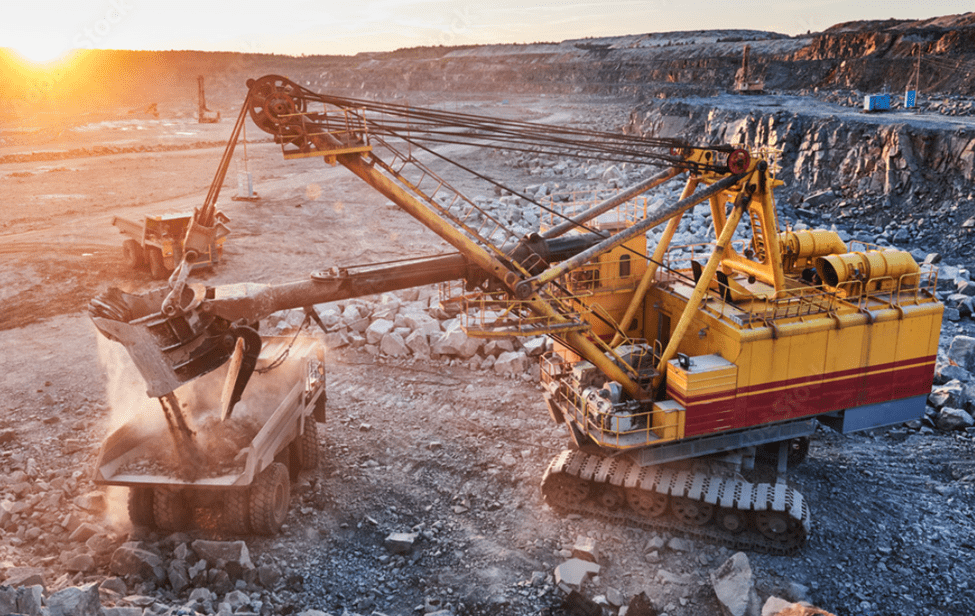Dust control is a critical aspect of mining, forestry, and construction operations, where fugitive dust and airborne particulates pose serious health and environmental threats. Implementing effective dust control methods is essential for maintaining air quality, ensuring workers’ health, and adhering to regulatory standards. This article explores best practices and advanced solutions for dust control in dump sites.
The Science Behind Occupational Dust Generation
Dust generation is a common byproduct of construction, mining, and forestry operations. Fugitive dust, including respirable and inhalable dust particles, can lead to respiratory conditions and pose health hazards to workers. Therefore, effective dust control plans are crucial to mitigate these risks and ensure a safe working environment.
How Is Fugitive Dust Generated in Dump Sites?
Dump sites often involve various operations that can lead to dust generation. Here are some common examples:
- Material Handling and Transportation: The movement of bulk materials during loading and unloading activities generates dust, especially when handling materials like aggregates, ores, or waste.
- Excavation and Grading: The use of heavy machinery for excavation and grading can disturb the soil, resulting in the release of particulate matter into the air.
- Vehicle Movement: Dust is generated as trucks and other vehicles traverse unpaved haul roads within dump sites. The constant movement of vehicles can loosen particles from the road surface.
- Wind Erosion: Windy conditions in open dump sites can contribute to dust generation through loose soil and materials erosion.
- Piling and Stacking: The creation and management of material stockpiles, especially in open-air settings, can result in dust emissions as materials are exposed to the elements.
- Material Transfer: Conveyor systems that transport materials within dump sites can generate dust, especially if the materials conveyed are dry or fine.
- Waste Handling and Disposal: Dump sites for waste disposal involve various operations, including waste handling, compaction, and covering, all of which can contribute to dust generation.
- Exposed Materials: Uncovered or improperly stored dry materials, such as aggregates, sand, or bulk powders, can lead to dust emissions due to exposure to wind and environmental conditions.
Types of Dust: Identifying and Managing the Risks
Dust is not uniform; it comprises various particles from different industrial operations. Understanding the specific types of dust is crucial for tailoring effective dust control measures. Let’s delve into three significant types of dust to highlight their particular characteristics.
1. Hazardous Dust
Hazardous dust encompasses a broad spectrum of particulate matter that can pose risks to human health and the environment. It often includes particles derived from materials like heavy metals, asbestos, and other toxic substances. Exposure to hazardous dust can result in respiratory issues, skin problems, and, in extreme cases, long-term health complications.
2. Respirable Crystalline Silica Dust
Respirable crystalline silica dust is a specific subset of hazardous dust that arises from the processing of materials containing silica, such as quartz, granite, or sand. Silica dust particles are incredibly fine and can penetrate deep into the lungs when inhaled. Prolonged exposure to respirable crystalline silica dust is associated with serious health conditions, including silicosis, lung cancer, and other respiratory diseases.
3. Combustible Dust
Certain industrial processes generate dust particles that are hazardous to health and pose a fire or explosion risk. Combustible dust consists of finely divided particles that can form explosive mixtures when suspended in the air. Industries handling materials like wood, metal, or certain chemicals must be particularly vigilant about combustible dust.
The Importance of Effective Practices for Dust Control
Recognizing the diversity of dust types in industrial settings is the first step toward creating a comprehensive dust control plan. By tailoring control measures to the specific characteristics and risks associated with each type of dust, industries can effectively protect the health of their workforce, comply with regulations, and mitigate the potential environmental and safety hazards posed by dust emissions.
Regulatory Compliance
Compliance with regulatory standards, such as those set by environmental assessment agencies and air quality management districts, is crucial. Occupational safety measures, including personal protective equipment like dust masks, are imperative to prevent health issues related to dust exposure.
Health Hazards and Environmental Impact
Dust accumulation on construction sites can lead to various health effects, from shortness of breath to severe respiratory conditions. Environmental issues such as stormwater runoff contamination are associated with fugitive dust. Alongside effective dust control methods, proper training and adherence to safety guidelines are vital in minimizing health threats.
Impact of Dust Control on Canadian and U.S. Mining
The Best Dust Control Methods in Dump Sites: A Comprehensive Approach
Implementing effective dust control methods is essential to mitigate health risks, adhere to regulations, and maintain environmental standards. This section explores cutting-edge dust control methods that are pivotal in ensuring a cleaner, safer working environment.
Dust Suppression Systems
Atomized Mist Technology
One of the most widely used and efficient dust control methods involves using water trucks equipped with advanced misting systems. These systems disperse water in controlled droplet sizes, ensuring complete coverage and effectively suppressing dust emissions. Atomized mist technology, which can generate fine water droplets, is particularly effective in enclosed spaces and during windy conditions.
Water Spray Systems
Implementing water spray systems along haul roads, processing areas, and material transfer points provides an accurate and targeted approach to dust suppression. Properly calibrated systems ensure optimal water usage, addressing dust generation at the source and minimizing airborne dust particles.
Dust Collection Systems
Industrial dust collectors strategically placed in key areas, such as material handling and processing points, help capture and filter airborne dust particles. This method curtails dust emissions and contributes to a healthier work environment by reducing respiratory hazards.
Advanced Dust Suppression Systems
Dust Monitoring and Real-time Feedback
Continuous Monitoring Systems
Incorporating advanced dust monitoring systems provides real-time data on airborne particulate levels. Continuous monitoring enables prompt detection of dust concentration spikes, allowing immediate intervention to address potential issues.
Feedback Mechanisms and Control Systems
Coupling monitoring systems with automated feedback mechanisms allow for dynamic adjustments to dust control measures. This responsive approach ensures that dust suppression efforts are calibrated in real-time based on the on-site conditions, optimizing the efficiency of dust control strategies.
Regulatory Compliance and Reporting
Monitoring data for regulatory compliance ensures adherence to environmental standards and provides a comprehensive record of dust control efforts. Accurate reporting enhances transparency and demonstrates a commitment to environmental stewardship.
Real-time Dust Monitoring Platform
Expansive Chemical Agents
Chemical Dust Suppressants
Expansive chemical agents, designed to bind with dust particles and prevent their suspension, offer a proactive approach to dust control. These suppressants can be applied directly to materials prone to dust generation, providing a longer-lasting solution compared to water alone.
Natural Barriers and Defenses
Some expansive agents derived from natural sources create a protective barrier on surfaces. These barriers shield against dust emissions, promoting sustainable and environmentally friendly dust control practices.
Specialized Soil Stabilization Solutions
ABCDust: Your Partner for Soil Stabilization and Dust Control Solutions
Implementing effective dust control practices is essential for the well-being of workers, the environment, and regulatory compliance. A comprehensive dust management plan is crucial for achieving the highest standards in dust control. At ABC Dust, innovation meets sustainability to provide state-of-the-art dust control and soil stabilization solutions.
\We combine cutting-edge dust control and soil stabilization technologies with georeferenced sensors and algorithms to ensure precise, efficient treatment applications at the right place, dose, and time. Whether in the mining sector, forestry industry, or municipal projects, ABC Dust sets new benchmarks in performance, cost-effectiveness, and compliance with the highest health and safety standards.
Discover the advanced DMS-ONE Platform, incorporating innovative products like DMS-DS, DMS-80, DMS-EB, DMS-DS 100, and Eziss Pro. Join ABC Dust on a journey toward a dust-free, sustainable future where innovation meets excellence, shaping a cleaner, safer, and more sustainable world.
Frequently Asked Questions
ABC Dust’s approach stands out by integrating georeferenced sensors and algorithms, ensuring precise and efficient dust control. Unlike traditional methods, our smart solutions optimize treatment locations, dosages, and timings, leading to enhanced performance, reduced costs, and minimal environmental impact.
Absolutely! ABC Dust operates globally with offices in Canada and Chile, supported by an extensive international partner network. Our comprehensive dust control and soil stabilization solutions cater to diverse industries, including mining, forestry, and municipalities, ensuring a competitive price/quality ratio and compliance with the highest HSEC standards.
At ABC Dust, sustainability is ingrained in our core values. Our products, services, and processes are designed to contribute to the environment positively. We continually track our activities, products, and processes, seeking new ways to reduce our environmental footprint in a sustainable socioeconomic manner.





